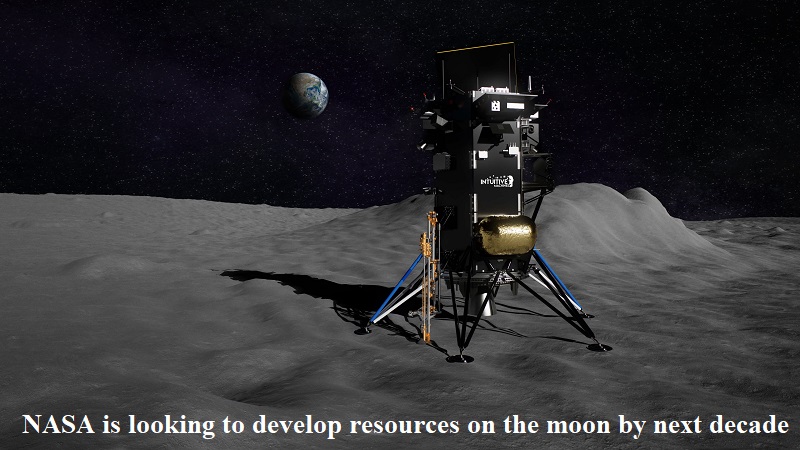
NASA is aiming to develop resources on the moon, starting with oxygen and water, and potentially expanding to include iron and rare earth elements. Scientists announced on Wednesday that the US space agency has already begun preparations to excavate moon soil by 2032.
Under its Artemis mission, NASA plans to send American astronauts back to the moon by 2025, with the crew including a woman and a person of colour. The agency intends to learn from the moon mission to facilitate a future trip to Mars.
A significant aspect of the mission is advancing commercial opportunities in space. NASA aims to assess potential resources such as energy, water, and lunar soil to attract commercial investment, according to rocket scientist Gerald Sanders.
Sanders emphasized the importance of developing access to moon resources to reduce costs and establish a circular economy. He stated that NASA is investing in the exploration phase to understand the resources better, lower risks, and encourage external investment that could lead to development and production.
“We are just scratching the surface,” Sanders remarked, highlighting the preliminary stage of resource exploration.
At the end of the month, NASA will send a test drill rig to the moon, paving the way for a larger-scale excavation of moon soil and a pilot processing plant by 2032.
Commercial rocket companies are expected to be the first customers, utilizing the moon’s resources for fuel and oxygen. The Australian Space Agency is collaborating with NASA to develop a semi-autonomous rover that will collect lunar soil samples during a NASA mission as early as 2026. These samples contain oxygen in the form of oxides.
Using separate equipment deployed on the moon alongside the rover, NASA plans to extract oxygen from the lunar soil. This process is seen as a crucial step towards establishing a sustainable human presence on the moon and supporting future missions to Mars, as explained by Samuel Webster, an assistant director at NASA.

Post Your Comments